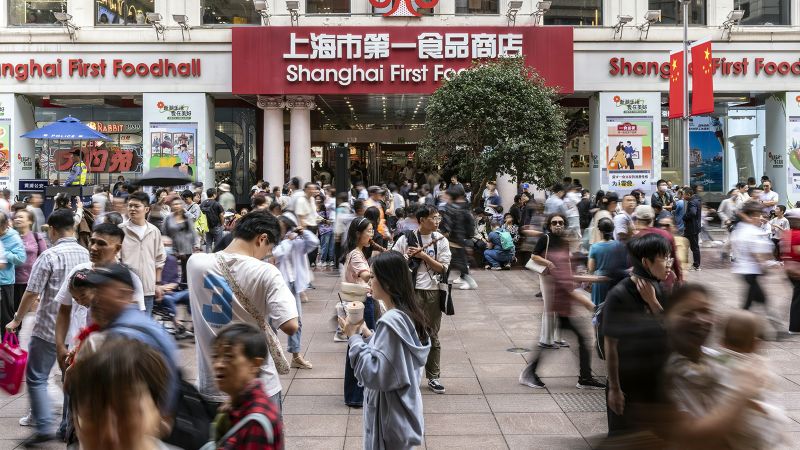In response to weak economic data and the looming threat of missing its growth targets, China has announced a package of fiscal measures aimed at stimulating economic growth. The country has set aside 200 billion yuan ($28 billion) for investment projects by local governments this year, with an additional 100 billion yuan provided from the central government’s budget. This announcement disappointed investors who were expecting a larger stimulus package, but Chinese policymakers remain confident in achieving their annual economic and social development goals. China announced a 5% target growth rate in March, but various economic challenges such as a property crisis, weak spending, and high youth unemployment have posed significant obstacles.
Despite the lack of a comprehensive fiscal stimulus package, the National Development and Reform Commission (NDRC) has indicated that policymakers will continue to adopt a pro-growth stance. Economists are calling for more decisive action to restore consumer confidence and stimulate spending. Some experts, like Jia Kang, are proposing issuing up to 10 trillion yuan ($1.4 trillion) in long-term government bonds to fund investments in infrastructure and public works. The lack of a significant stimulus announcement has caused market volatility in Hong Kong and mainland China, with stocks experiencing fluctuations in response to the news.
In late September, the People’s Bank of China implemented monetary policy measures to support the economy, including a cut in interest rates, reductions in reserve requirements for banks, and adjustments to mortgage rates and down payments. Additionally, initiatives were introduced to provide cash handouts to disadvantaged citizens and offer subsidies to recent graduates struggling to find jobs. The ruling Communist Party’s Politburo also dedicated a meeting to economic affairs, acknowledging new challenges in the economy and pledging to boost fiscal spending, stabilize the property market, and improve employment prospects for graduates and migrant workers.
Many economists and analysts are calling for a more substantial fiscal stimulus package to address the economic challenges facing China, particularly in the wake of the pandemic. The government’s current measures focus predominantly on monetary policy, with limited details on new fiscal initiatives. The outlook for economic growth in China remains uncertain, with concerns about debt levels and the effectiveness of existing stimulus measures. As policymakers continue to assess the situation and develop strategies for economic recovery, the need for comprehensive and targeted interventions to support growth and stability is paramount.
Overall, China’s efforts to stimulate economic growth through fiscal and monetary measures reflect the challenges facing the country’s economy. The announcement of a fiscal stimulus package and various policy adjustments indicate a commitment to maintaining economic stability and achieving growth targets. However, the effectiveness of these measures and the need for additional support remain key areas of concern for policymakers and investors. As China navigates the complexities of its economic landscape, sustained efforts to address structural issues and promote long-term growth will be essential for ensuring a stable and prosperous future.













